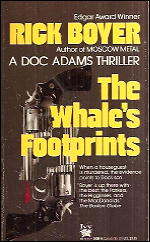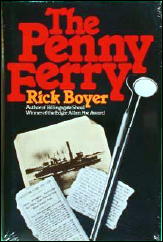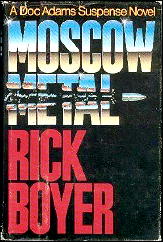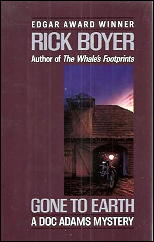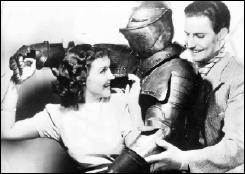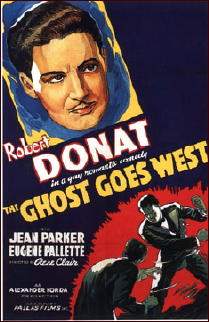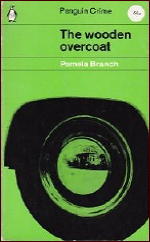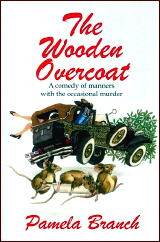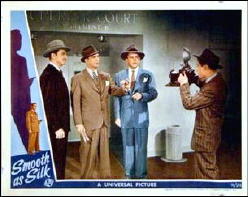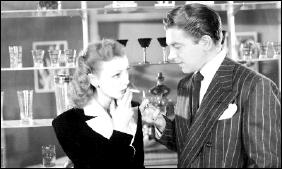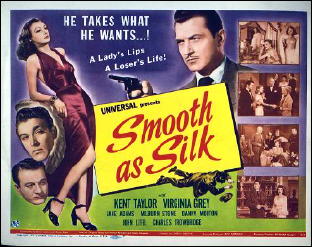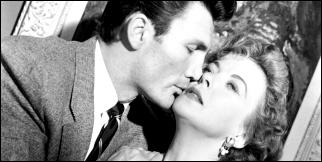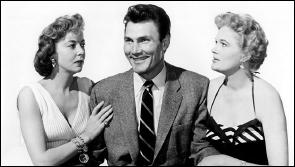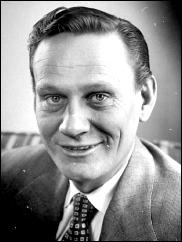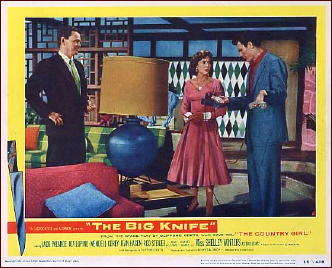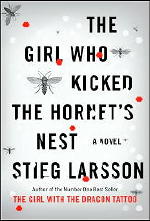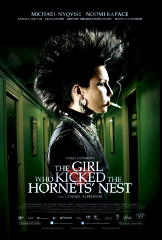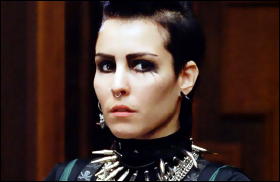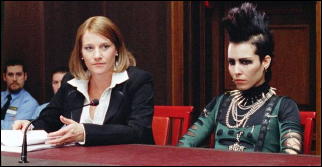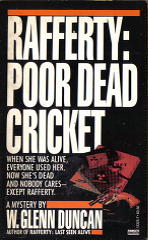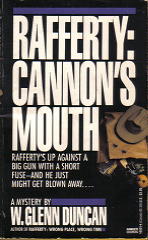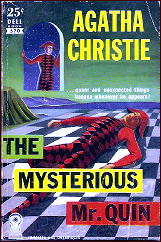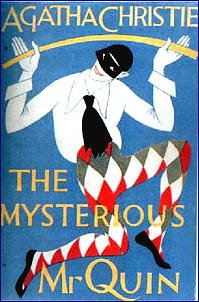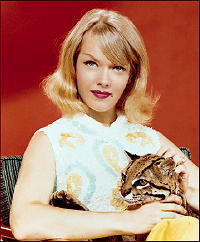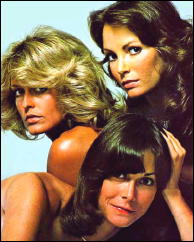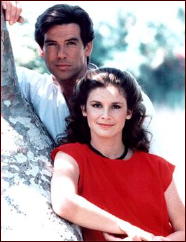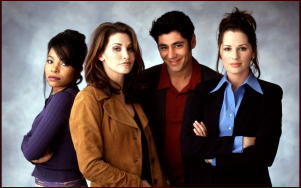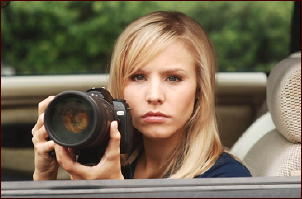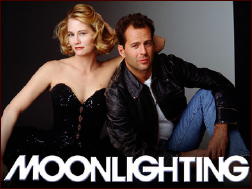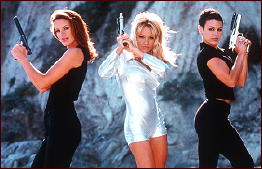ADVENTURES IN COLLECTING:
My Favorite Magazines
by Walker Martin
I collect and read quite a few other types of magazines besides the pulps. A couple of members of FictionMags, an online Yahoo discussion group, asked me about my favorite magazines, so I thought I’d take this opportunity to discuss the subject.
Slicks —
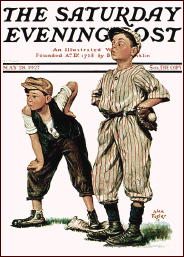
This is easy for me to answer. My favorite slick magazine without a doubt is The Saturday Evening Post. They used the best authors and the best artists. It was weekly and some issues in the 1920’s were 200 pages.
Usually collectors of the Post concentrate on certain authors or artists. Since thousands of issues were published you do not find many people trying to collect the entire run. However, I was one of the completists and at one point I had over 3,000 issues during the 1900-1970 period.
The last time I moved not only could I not pick up the yearly boxes of the magazine (each box had 52 issues), but the movers had trouble also because of the weight. Eventually I sold much of the collection but I still have a complete run of 1940-1970.
Another slick I liked a lot was American Magazine, mainly because of the mystery short novels they published. Jon Breen edited a collection of these novellas called American Murders.
Digests —
This is a far more difficult category for me to choose a favorite but I’ll go with Galaxy for the SF genre and Manhunt for the crime genre.
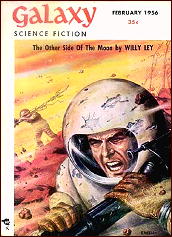
Galaxy was the first magazine I bought off the newsstand in 1956 and it led to my present collection of many different titles. But my reason for picking Galaxy is not just nostalgic. I really feel that it was the best of the SF digests especially under the editorship of H.L. Gold and Fred Pohl.
Pohl was smart enough to offer Robert Silverberg a deal to buy all of his stories submitted to Galaxy in the 1965-1972 period or thereabouts. Some of the best SF ever written appeared during this period and I’ve read many of Silverberg’s stories and serials more than once.
Has there ever been a greater or higher quality number of novels in any SF magazine? I mean, think of it: The World Inside, Tower of Glass, Downward to Earth, Dying Inside, all in about two years.
Alfred Bester wrote two great novels but they were in 1952 and 1956. J.G. Ballard wrote some great novels but they all did not appear in the SF magazines. Maybe Philip K. Dick comes closest but again, he did not write all of them for the SF magazines. Sturgeon had some great work in Galaxy but it was all novelette length.
Can anyone show me a comparable run of novels in the SF magazines?
Manhunt lasted 114 issues during 1953-1967 and during the fifties started the hardboiled crime digest craze. At one time there seemed to be dozens of Manhunt imitators but none of them could match the quality of the magazine that started it all.
Unfortunately by the sixties it was all downhill and the hardboiled crime era was just about over. Two crime digest still exist, though they are not really hardboiled like Manhunt: Ellery Queen Mystery Magazine and Alfred Hitchcock Mystery Magazine.
Circulations are dropping fast and in these days of the e-book revolution, we will probably see the end of the digest magazines.
Literary Magazines —
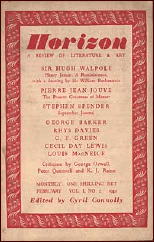
By literary I mean such magazines as the Hudson Review, T. S. Eliot’s Criterion, Scrutiny, Kenyon Review, and so on.
I have just about all the back issues of many of the quarterlies and I love the Hudson Review, but my favorite is Horizon, not the hardbound art magazine but the monthly British magazine edited by Cyril Connolly during 1940-1949. It lasted 120 issues and I like it so much that I have two sets, one of loose issues and one bound set.
There are other magazines that I have in two sets, loose and bound and you know you have to love a magazine to have it in bound and loose sets! Let’s face it, collecting books and magazines can be an addiction like alcohol, smoking, gambling, and drugs. But at least we get something to read and sometimes the books are even worth money. Not to mention that collecting old magazines won’t harm your health.
Men’s Adventure Magazines —
This is a sore point with me and maybe some of you can help me out. I have hundreds of issues from the 1950’s and 1960’s, most showing sensationalistic covers like Nazis partying with half nude girls, while GI’s wait to gun them down. I have yet to find a title that ran decent fiction other than maybe Cavalier in the fifties.

I’m not talking about Playboy which actually ran high quality fiction, but the titles like Men’s Adventure, True Men and so on. The only redeeming value to these magazines are the crazy covers but I’m hoping someone here can convince me otherwise.
Phil Stephensen-Payne has a great link to many titles of men’s adventure magazines published in the 1950’s and 1960’s http://www.philsp.com/mfi2.html
Please someone show me something else about these magazine that is readable! I’ve just about given up. The covers are stunning and very eye catching but that’s all I see about these magazines. I guess the WW II vets loved these things but I can’t see anything other than the covers worth collecting.
Check out the link to menspulpmags.com. It’s a real laugh.
At one time I had a great cover painting from one of the men’s adventure magazines. It show Nazis turning girls into gold ingots. No wonder they lost the war.
PULP MAGAZINES:
I haven’t even touched the pulps which are such a big subject they deserve their own section separated by genre:
General Fiction Pulps —
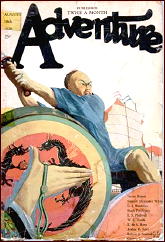
These pulps are often called adventure pulps by collectors but I prefer the label General Fiction. The best ones lasted for very long periods and were very popular with male readers. All Story, Argosy, Short Stories, Blue Book, Adventure, and Popular Magazine were the main titles and I’ve collected them all:
Adventure Magazine is my favorite and the pulp years lasted from 1910-1953, for 753 issues. The best period was during the 1920’s when editor Arthur Sullivant Hoffman managed to obtain the very best action and adventure fiction. Richard Bleiler wrote the standard history of the magazine in his Adventure Index. Also Blood n Thunder Magazine devoted a special issue to Adventure a couple issues ago. I had an article picking my favorite stories.
All Story lasted for over 400 issues, 1905-1920, when it was absorbed by Argosy. Famous for providing Edgar Rice Burroughs with a market for his Tarzan and Mars novels. Sam Moskowitz wrote an interesting history of the magazine in Under the Moons of Mars.
Argosy became the first pulp in 1896 and lasted into the 1940’s when it became a man’s adventure magazine.
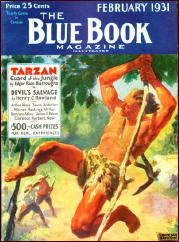
Short Stories began in 1890 and lasted into the 1960’s. For much of that period it came out every two weeks like clockwork and printed the best action adventure. Blood n Thunder had a long two part article covering the 1920’s and 1930’s.
Blue Book was known for quality fiction and Mike Ashley wrote a long history of the magazine which appears in Pulp Vault 14. This is the best single issue of a pulp fanzine and can be ordered on Amazon.
Popular Magazine lasted over 600 issues, 1903-1931 and was called the training ground for the Saturday Evening Post. Another high quality pulp that had a two part article in Blood n Thunder.
Detective and Mystery Pulps —
This is easy because of what collectors call “The Big Three”: Black Mask, Dime Detective, and Detective Fiction Weekly. Hammett started in Black Mask and Chandler wrote for all three.
Western Pulps —
Western Story lasted over 1200 issues and is my favorite. But West during the Doubleday years of 1926-1935 was also quite good. So was Star Western and Dime Western, both published by Popular Publications.
Hero Pulps —
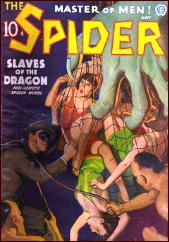
Most were aimed at the teenage boy market but at least two stand out: The Spider because of the crazy, fast moving plots and weird menace elements and Secret Agent X because it was not as childish as the others.
I have to admit that I have a problem with many of the hero pulps because of the silly and sometimes stupid sidekicks. I know they were in there because someone figured the teenage boys would like them. Sort of like the childish sidekick humor in the B-westerns of the 1940’s.
Some of the pulp sidekicks make the western sidekicks look brilliant. In Doc Savage we have Monk and Ham, for instance and their dialog and attempts at humor are enough to make me stop reading. Same thing with G-8 and His Battle Aces. Nippy and Bull have made me consider ripping up a $100 G-8 pulp.
SF and Supernatural Pulps —
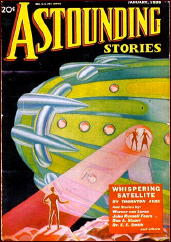
Astounding definitely was the best SF pulp. Weird Tales and Unknown Worlds, the best supernatural. Strange Tales, if it had lasted longer than seven issues, it would have been as good or better than the other two.
Famous Fantastic Mysteries and the companion magazine, Fantastic Novels, are beautiful pulps. It is still possible to get a set without breaking the bank, and these magazines are another example of sets that I have in two formats: bound and unbound. I admit it’s crazy to have two sets, but who said love is logical?
Sport Pulps —
Street and Smith’s Sport Story was by far the best sport pulp.
Love Pulps —
These were the best sellers of the pulps because teenage girls and young women bought them. Love Story was the best with a circulation that reached 500,000 a week. Edited by the great Daisy Bacon.
I’d appreciate any feedback on the above that you would care to provide. Do you disagree or have other favorites?
ADDED LATER:
Todd Mason mentioned that the Daisy Bacon years where she edited Detective Story are underrated. This is certainly true especially the digest period in the 1940’s.
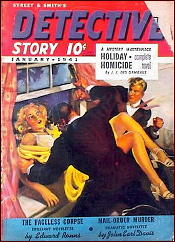
In 1943 Street & Smith changed the format of their entire pulp line of magazines from the standard pulp size of 7×10 inches to the smaller digest size. The paper shortages during WW II probably drove this decision. Then the publishers saw that the future looked bleak for pulps and killed every digest title except for Astounding.
But to get back to Daisy Bacon, she was the guiding force behind Love Story for two decades and then she took over Detective Story and actually introduced a more hardboiled story to the sedate magazine.
Detective Story had started in 1915 and for most of the next 25 years steered clear of the hardboiled type of story. But Daisy managed to get some of the Black Mask writers to write for her, for instance Roger Torrey and William Campbell Gault. Fred Brown also. I cover the history and many of the authors of Detective Story in an article which can be seen here on the Mystery*File blog.
When I say Love Story was the best of the love pulps, I’m speaking compared to each other. Since I try to collect every fiction magazine under the sun, I made an attempt, more than once, to read Love Story and some of the competition.
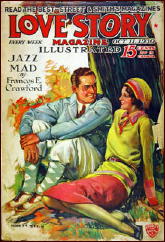
I would not advise anyone to try this experiment. Despite being the best sellers among all the pulps, the love genre was very restrictive to say the least. The young ladies and teenage girls of the 20’s, 30’s, and 40’s, only wanted to read the same formula over and over, and the love pulps gave it to them, over and over.
I’m speaking of the girl meets boy, they have some problems, and everything is resolved at the end. Ranch Romances was different from the others, but I see it as mainly a western title with some romance elements.
The love genre may have been the big sellers among pulps (and even slicks since the readership was mostly women), but nowadays collectors mainly ignore them and copies can be had very cheaply. I can count very few people who collect them.
When I bid on some copies at a recent pulp convention, several of my collector friends burst out laughing or were just stunned speechless. I could only explain my seemingly insane actions as an attempt to collect something new, since I’ve collected everything else.
Previously in this series: The FRANK M. ROBINSON Collection Auction.
